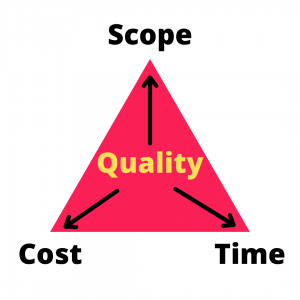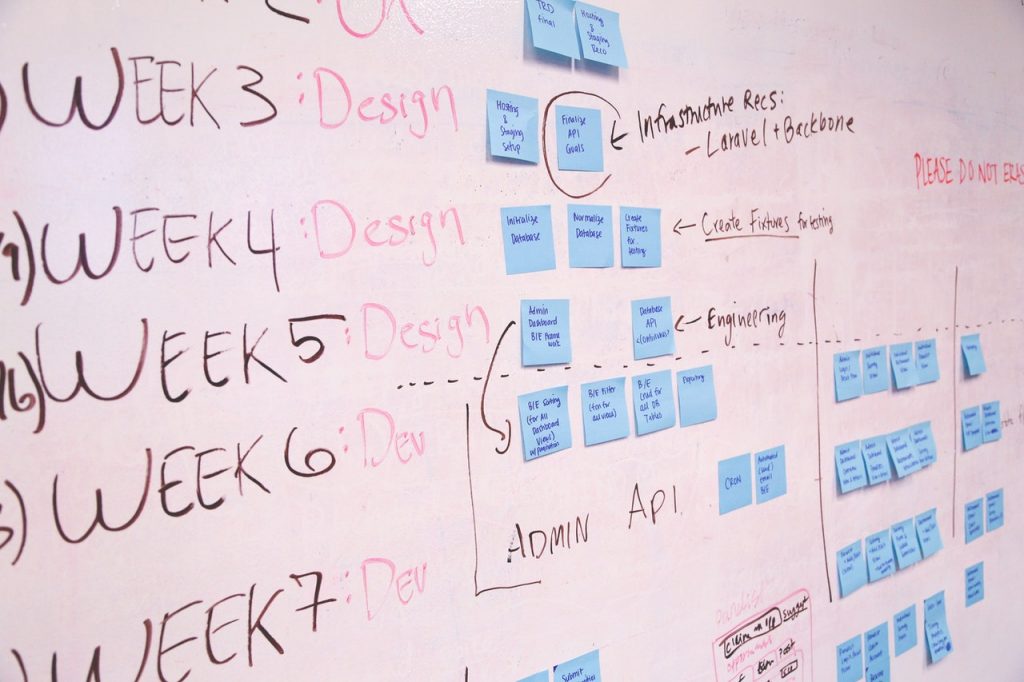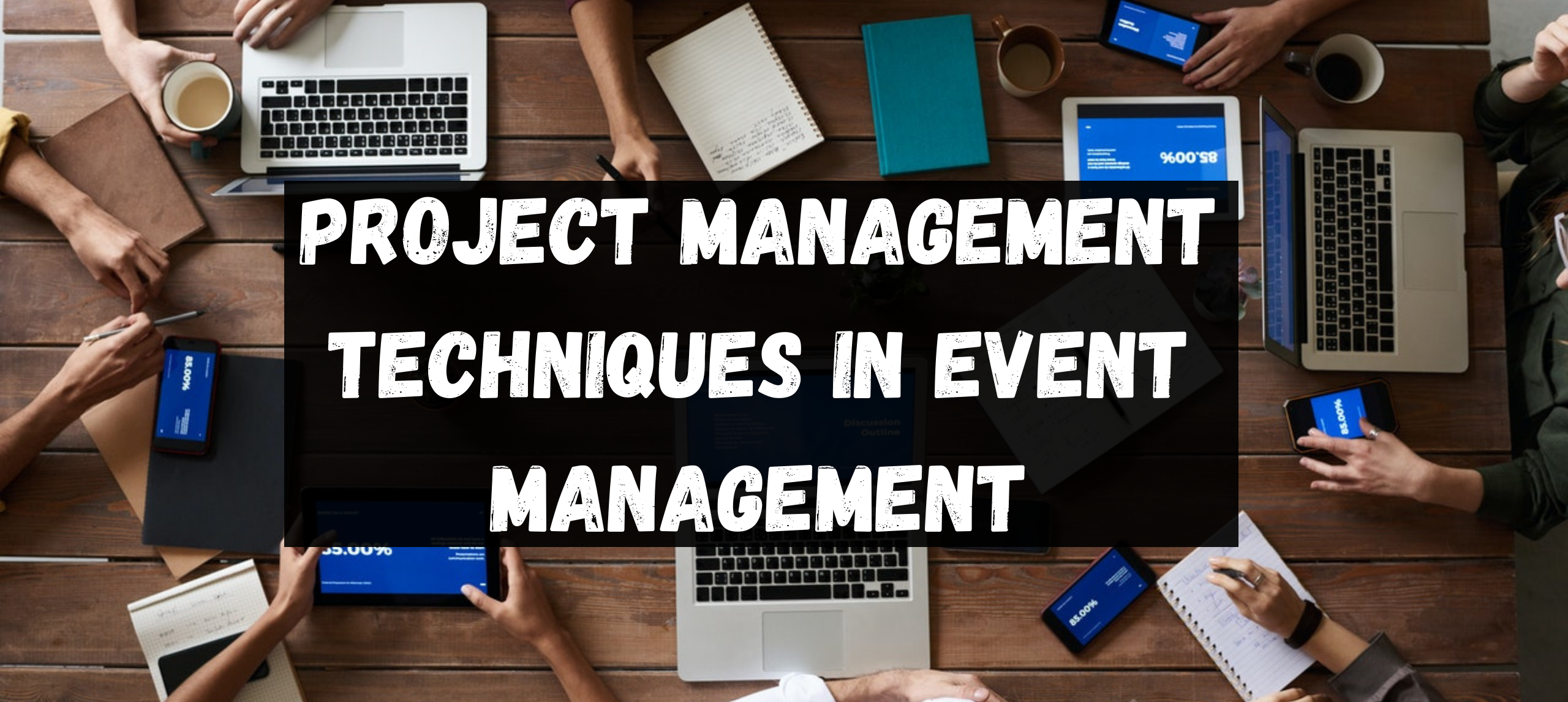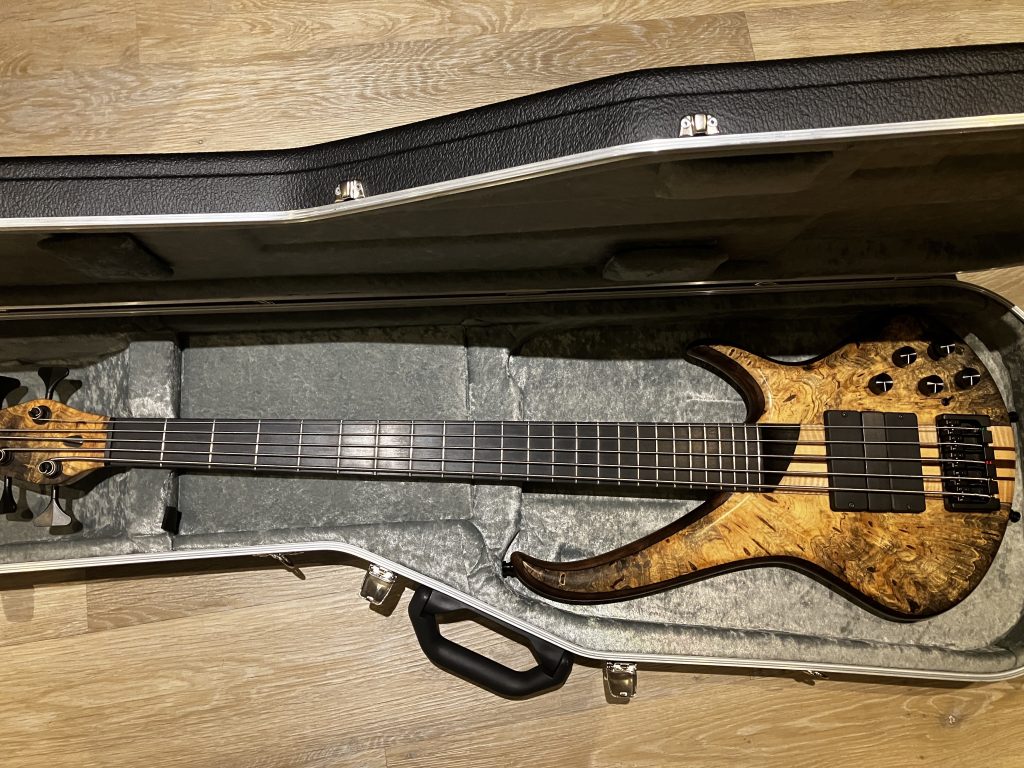March 5, 2022
Howard
Introduction
Project management (PM) methods can aid the event manager in organising and managing events. However, knowing when and how to implement PM methods can be challenging for event managers due to differentiating needs for different event types. This essay will explore the PM methodologies and determine whether they would be appropriate for certain types of events.
What is Project Management?
A project is defined as ‘a temporary endeavour undertaken to produce a unique product, service, or result’ (PMI, 2016 in Heagney, 2016, p.2), with many works of literature reinforcing the definition that a project has to have a start and a finish, be a collection of related tasks and be something that is a challenge (Bowdin, 2011, Wysocki, 2014, Heagney, 2016). The definition of ‘project management is the application of processes, methods, skills, knowledge and experience to achieve specific project objectives according to the project acceptance criteria within agreed parameters’ (APM, 2019, p.217). Each PM method will have different processes involved, and it is essential to note that the best fit PM approach will be unique for every project. ‘The best fit project management process will be a function of several variables that span the external business environment, the enterprise itself, and a host of variables defining people, processes and technology’ (Wysocki, 2014, p.2).
Project Management Techniques in Event Management

Event Management Project Outcomes
To determine what methodology to use, the event manager and their team must first define the intended outcomes. It is vital for everyone in the team to define and acknowledge the reasons for staging the event as it will keep the project on track. It is important to involve the team in all stages where possible. Not only will more ideas be generated through the ‘wisdom of the crowds’ (Kremer et al, 2014, p.988), but also higher team involvement contributes to higher morale and reduces the risk of having ‘contributors who feel no sense of commitment to the plan’ (Heagney, 2016, p.42). Finding the project outcomes can be achieved by brainstorming intended aims, creating a vision statement (including the ‘musts,’ ‘wants’ and ‘nice to haves’ in the project to understand priorities) and consolidating the ‘musts’ section into a mission statement. When writing the mission statement, two questions should be addressed. ‘What are we going to do?’ and ‘for whom are we going to do it?’ (Heagney, 2016). Undertaking a stakeholder analysis will determine who they are, how much support they have for the project and how much power they have over the project. A stakeholder grid will determine which stakeholders needs requires the most priority over the project. For events, stakeholders could include ‘participant performers or athletes, staff and volunteers, sponsors and spectators or tourists’ (Mallen & Adams, 2008, p.166). The last step at this stage is to understand the constraints that the event manager has, which are costs (what is the budget?), time (when is the event scheduled?) and scope (what are the required features at the event and what are the tasks necessary to achieve them?). These three constraints form ‘The Iron Triangle,’ where the project manager must manage these accordingly to achieve the desired result (Wysocki, 2014). Utilising ‘The Iron triangle’ would be particularly useful for event managers. For instance, if the scope projected to be behind schedule, more financing could be implemented in people and resources to see the scope achieve its goal in time for the fixed event date, or the project manager could decide to reduce the scope and not impede any further costs to the budget.

Phased and Iterative Project Management Techniques
The next step for the project manager is to select a PM method. PM methods fit into two main approaches, phased and iterative. The most implemented PM methods use phased approaches, which ‘are highly useful in more stable, though critical, situations and large complex projects’ (Sailer, 2019, p.1069). Phased approaches include the popular APM (Association of Project Management – UK) method, the PMI (Project Management Institute) method (US method that has many similarities to the UK APM) and PRINCE2 (PRojects IN Controlled Environments – UK). On the other hand, PM ‘methods following the iterative approach are more effective in uncertain environments, which is due to their more explorative tendency’ (Sailer, 2019, p.1069). These iterative methods were first developed for software projects and use Software Development Life Cycle (SDLC) methodologies, including Agile, which ‘is a collection of PMLC (Project Management Life Cycle) models that can be used to manage projects whose goals are clearly specified but whose solutions are not known at the outset of the project’ (Wysocki, 2014, p.328). Other SDLC methodologies include Lean, Scrum, Kanban, Spiral, Prototyping and DevOps. PM methods following this iterative approach ‘could be adapted to non-software companies, or more traditional industry sectors, at least for innovative projects or even for some parts of the project that require a more flexible management approach’ (Conforto et al, 2014, p.31). Conforto et al suggests that a ‘hybrid management model’ should be investigated by merging traditional and agile methods. However, whilst there is evidence to suggest that the iterative approach can be useful, there are some causes for concern. One issue is that ‘Agile is better for a small project’ (Vaníčková, 2017, p.229), and it is difficult to apply to larger firms or projects (Dybå and Dingsøyr, 2008). Another issue with iterative approaches is that ‘risk increases in relation to the extent to which the solution is not known’ (Wysocki, 2014, p.317); with traditional methods, the risk is minimal. In relation to project managing an event, events usually have a fixed schedule (fixed event date) and a relatively fixed budget (due to capacity limits). Iterative approaches have uncertainty involved in these two significant factors, and therefore traditional PM methods would be a much safer option due to having less risk involved. The creative aspects of iterative approaches would undoubtedly have their positives in event design; however, more creativity can be achieved within phased PM methods by having both an artistic director and a PM manager. The artistic director ‘represents the innovative and creative aspects of the event content, while the project manager looks after the management responsibilities’ (Bowdin et al, 2011, p.284). Another critical aspect to note is that iterative PM methods cannot be used in conjunction with phased PM methods due to the uncertainty of whether the tasks would be completed. If the task using iterative methods was not completed on time, it could disrupt the phased PM method’s entire schedule. Ensuring that the project is completed on time is ranked the number one critical success factor for event managers (Hartman et al, 1998), and the very definition of event management also stresses the importance of time. ‘Event management involves struggling to facilitate the competition of all operational plans within the time frame available’ (Mallen & Adams, 2008, p.91). Overall, phased PM methods are preferable over iterative PM methods for event managers.

Event Management Methodology
To decide which phased PM method is best for events, different event types requirements should be analysed. Events can be classified by their size (Community events, Major events, Hallmark events and Mega-events) as well as their content (cultural events, sports events, and business events or Meetings, Incentives, Conventions and Exhibitions) (Bowdin, 2011). It is important for project managers to understand what the event is and whether it is traditional or niche because ‘traditional events may involve more formality of structure compared to niche events’ (Mallen & Adams, 2008, p.41). The number of PM methods rises with the number of people involved, budget size and project duration, meaning that larger events require more planning and are likely to value PM methods higher than smaller events (Schnitzer et al, 2020). PRINCE2 is described as being mainly used by ‘government and global organisations’ (Vaníčková, 2017, p.229) and ‘gives guidance to the execution and monitoring of a project’ (Parker et al, 2013, p.538). PRINCE2 has eight detailed processes involved, including ‘starting up a project, initiating a project, planning, directing a project, managing a stage boundary, controlling a stage, managing project delivery and closing a project’ (Parker et al, 2013, p.538). However, the Project Management Body Of Knowledge (PMBOK – APM and PMI methodology) is described as being ‘more useful if the project is managed by a single person’ (Yen et al, 2016, in Vaníčková, 2017, p.229), and it contains five detailed processes, including ‘initiating, planning, executing, monitoring and controlling and closing’ (Heagney, 2016, p.22). Both methodologies are similar and effective and would both work for an event. However, ‘at the point of project documentation and following up, PMBOK is more completed’ (Matos & Lopes, 2013, p.793) than PRINCE2. Perhaps one could deduce that the PRINCE2 method would be more suited for large traditional events which have organisations involved, whereas PMBOK would be more suited for niche events or events where one person manages them.
The Critical Path Method (CPM) and The Gantt Chart
However, both methodologies use two crucial project management tools, the Critical Path Method (CPM) and the Gantt chart. The CPM ‘determines the minimum time needed to complete the project’ (Gümüsoglu & Tütek, 1998, p.321) by accumulating all of the tasks together in order of completion and adding up the estimated hours of work it would take until the deadline. The CPM is worked out by firstly making a WBS (Work Breakdown Structure), which involves listing all tasks, assigning resources, and developing estimates of time and costs (Heagney, 2016). A Program Evaluation and Review Technique diagram (PERT, also known as a network diagram) then places tasks into a schedule. Following on from the PERT, the CPM gets inputted into a Gantt chart, with all the other tasks that have a variable time completion deadline ‘floating’ around the fixed CPM. A Gantt chart uses bars to show an entire project’s progress, with tasks on the Y-axis and time on the X-axis. A Gantt chart is ‘the best tool to use for communicating to team members what they need to do within given time frames’ (Heagney, 2016, p.104).

EMBOK Event Management
A key PM framework for event managers would be the Event Management Body Of Knowledge (EMBOK). EMBOK is very similar to PMBOK in that it contains the same five phases, e.g., Initiation Planning, Implementation (Execution), The Event (monitoring and controlling) and closure (Robson, 2008). The ‘processes provide guidance for the specific actions necessary to proceed through each of the Phases, Domains and individual classes within the Domains’ (Robson, 2008, p.22). The ‘Core Values refer to personal and business skills that are required to successfully orchestrate an event’ (Robson, 2008, p.22) and include creativity, strategic thinking, continuous improvement, ethics and integration. In the EMBOK model, the Domains constitute the responsibilities an event manager takes and includes administration, design, marketing, operations and risk. As the EMBOK is similar to PMBOK, it makes sense for event managers to utilise both and follow the APM/PMI methodology.
Does EMBOK Work for All Types of Events?
The type of events will affect to what extent PM methods get used. For example, cultural events and sports events have a heavy reliance on volunteers, and they usually do not have the time or knowledge to employ PM methods (Mallen & Adams, 2008). In contrast, the employees in MICE events are being paid to work and can learn how to implement PM methods. Another aspect to consider is the extent to which the project manager incorporates design. Practical design elements such as utilising space will be prevalent in all events; however, aesthetic design may be most important for cultural events that need to accommodate for ‘artistic expression, cultural activity meaningfulness and reflection’ (Malcienė, 2010, p.49). On the other hand, ‘function’ may be more important for sports and MICE events. ‘An event with a strong entertainment or celebratory theme would require more design input than say an educational or business meeting’ (Berridge, 2010, p.210). It is essential to consider these roles of design, and they should be written down on the vision statement as a team to ensure that the project fits the requirements of the specific event.

Conclusion
In conclusion, phased PM methods are preferred over iterative PM methods due to the fixed time and budget constraints that events usually involve. Furthermore, it was deduced that PRINCE2 would work best with large traditional events that involve organisations and that the APM/PMI model would work best for all projects that involve one project manager. When event managers follow the APM/PMI methodology, they should also utilise the EMBOK framework as it is very similar to the PMBOK framework but includes more detail appropriate to events. Applying these PM methods will define the objectives and processes of the event. Utilising WBS, PERT, CPM and Gantt charts will ensure that those objectives and processes are communicated to the team, monitored, carried out, achieved and reviewed at the close of the project.

Howard Head
I turn confused bass enthusiasts into bass gods through a simple and logical process.

















